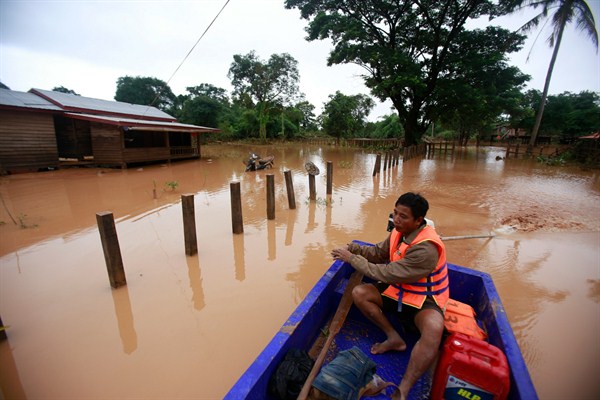The collapse of a dam this summer in southeastern Laos, which triggered massive flooding that killed dozens and displaced thousands of people, has brought a renewed focus on hydroelectric dams in mainland Southeast Asia. Proponents of hydroelectric dams argue they will bring benefits in the form of national revenue and power generation for local communities, but they also threaten the food security and livelihoods of millions of people in the riparian countries that make up the Lower Mekong region: Laos, Cambodia, Vietnam and Thailand. In an email interview, Diana Suhardiman, a senior researcher at the International Water Management Institute’s office in Vientiane, Laos, discusses the tradeoffs associated with large-scale dam projects.
World Politics Review: What has been the environmental and economic impact of existing dams in the Lower Mekong region, and what additional impacts will be felt as a result of dams along the Mekong’s mainstream?
Diana Suhardiman: The Mekong is home to one of the largest freshwater fisheries in the world and comprises a wide range of interconnected ecosystems. Hydropower development could hinder or block fish migration in the Mekong, compounding the current decline in fisheries resources and threatening the livelihoods of millions of people living along the river. Hydroelectric dams and their reservoirs often act as a barrier to the natural flow of sediments in the river system. These sediments are essential to replenish the Mekong Delta and prevent it from sinking, especially as it faces sea level rise. This puts at risk rice production in the Delta, which contributes about 50 percent of Vietnam’s total rice production. The potential socioeconomic and environmental impacts of hydropower dams in the Lower Mekong region are thus widespread and imminent.

